Covid 19 has delayed a number of our projects, but our first piece of site work back is an unusual situation – dealing with contaminated soils in an existing building. The site is a derelict building in central London and the client is a restoration contractor who has been tasked with making the building useable again, including deepening the old cellar to make room for toilets.
The problem is that the soils beneath the basement are heavily contaminated with benzene, a volatile organic compound (VOC) which emits vapour which poses a serious risk to health. The site is in an up and coming part of the city with trendy new apartment blocks but it’s not always been that way – the site used to be in an area of heavy industry with tar, manure and chemical works nearby.
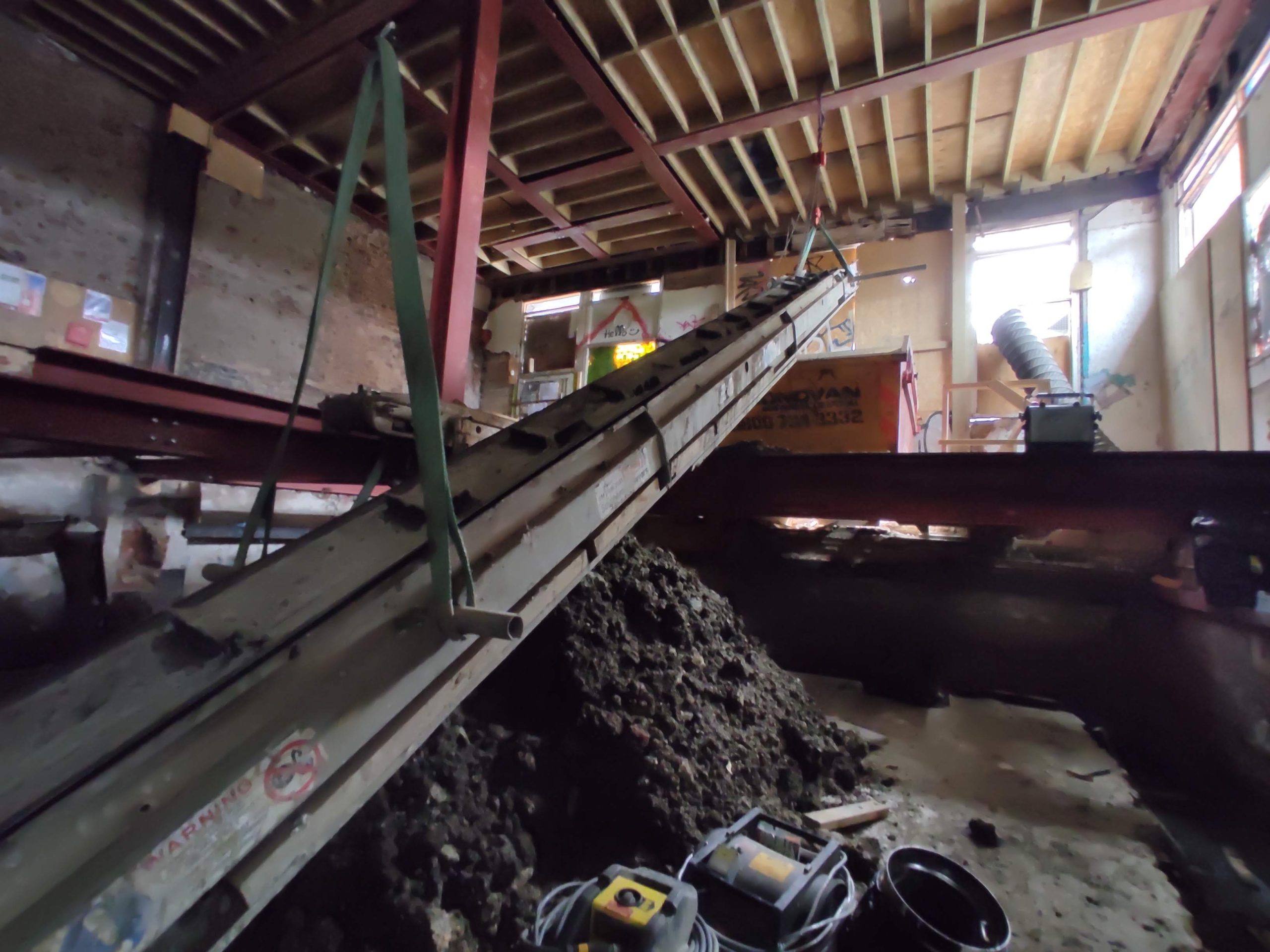
The vapour from benzene poses less of a risk outdoors – it mixes with fresh air and disperses. For the construction workers inside this building, however, it is extremely dangerous. With nowhere to escape, the levels of benzene can cause breathing problems and nausea, and there’s a risk of sparks from machinery or generator engines causing explosions.
Soilutions were called in to review the contractor’s risk assessments and method statements and Phase 2 Ground Investigation report to help with air monitoring to make sure staff weren’t exposed to dangerous levels of benzene and to remove the soils from site for legal disposal.
Soilutions carried out regular VOC air monitoring, inside the building and outside, and carried out occupational health assessments using data from monitors attached to the site workers’ clothing. We updated the risk assessments and method statements and made sure the PPE worn at the site was appropriate. The working area was ventilated and a continuous gas monitoring device was installed with an alarm set to go off to warn staff to evacuate the area when dangerous levels of benzene were identified.
The soils were classified as hazardous waste – usually this attracts a landfill tax rate of around £100, plus any landfill fees. With a total of 350 tonnes of soil to remove the costs could have been enormous, however Soilutions were able to save the client 80% using our connections with a soil treatment centre.
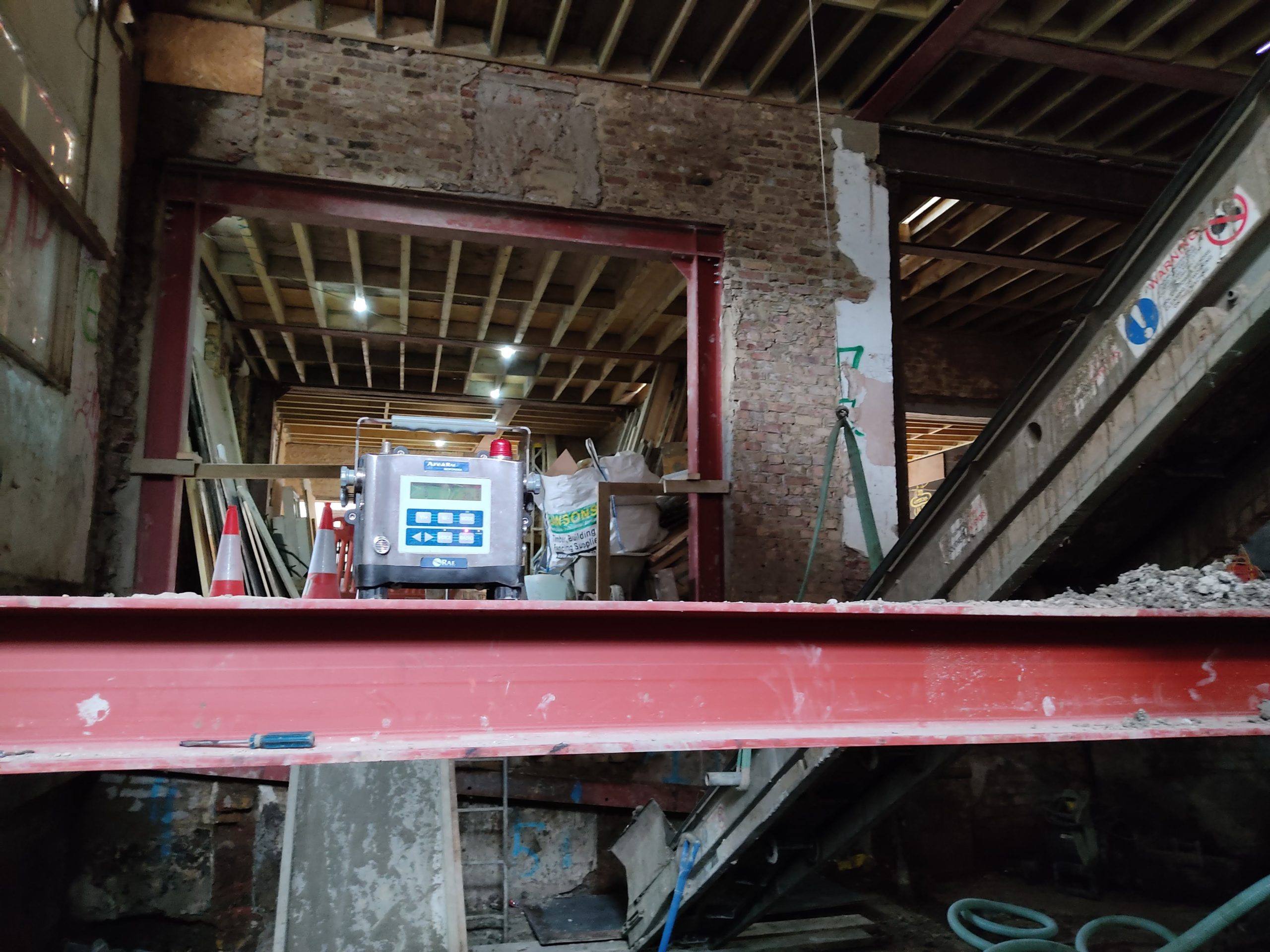
The project is now drawing to a close, with a new floor slab installed. With the appropriate protection measures recommended by Soilutions, no incidents relating to the benzene in the soils were recorded and Soilutions saved the client over £35,000 in disposal costs.
If you have any questions regarding ground investigations, hazardous soil, soil treatment centres or gas monitoring don’t hesitate to get in touch. We’re happy to talk so feel free to contact us on 0800 0209 307 or e-mail us on info@soilutions.co.uk.
2021
Soil remediation guide
Approaching soil remediation without any prior knowledge can be difficult and uncomfortable at times, especially when it can potentially be very costly. This free eBook will help you understand the whats, the whys and the hows of soil remediation in the simplest terms.
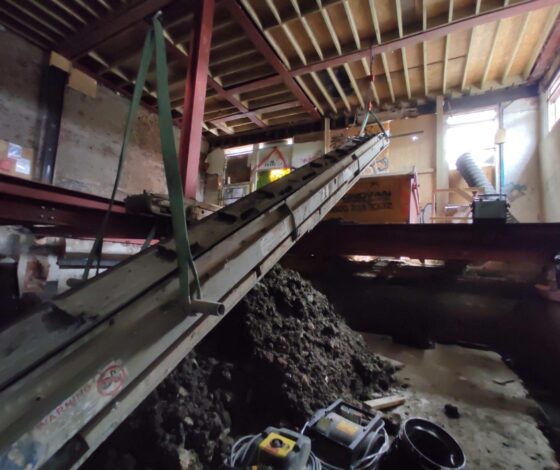
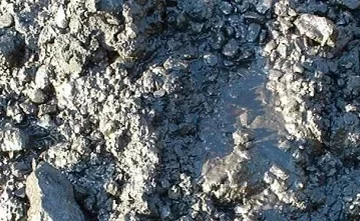
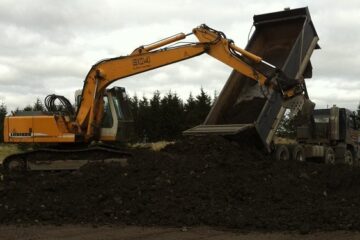
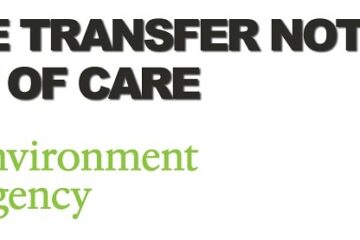



Leave a Reply